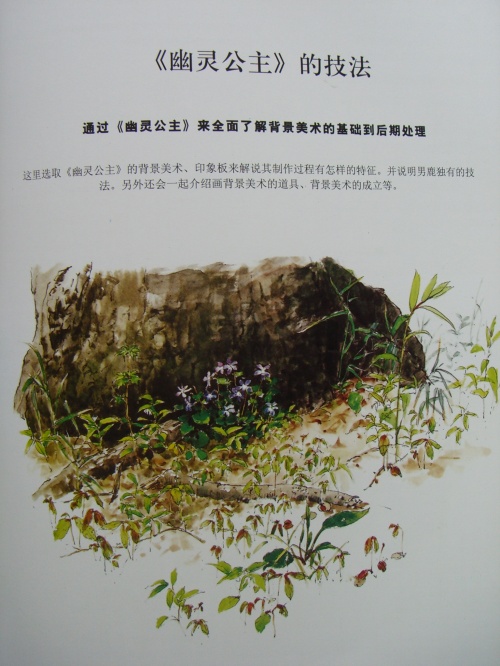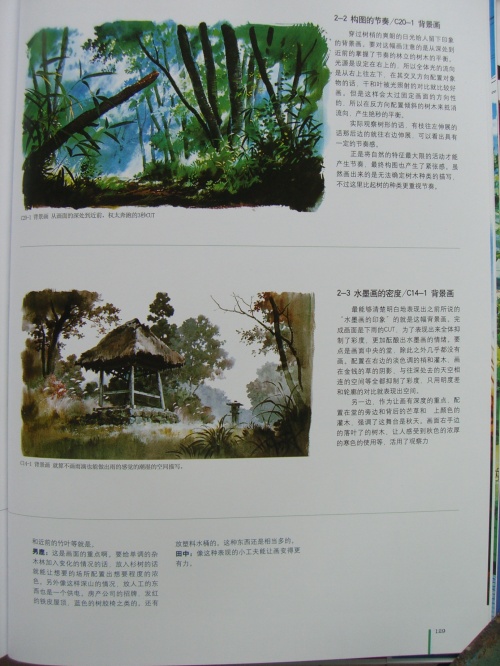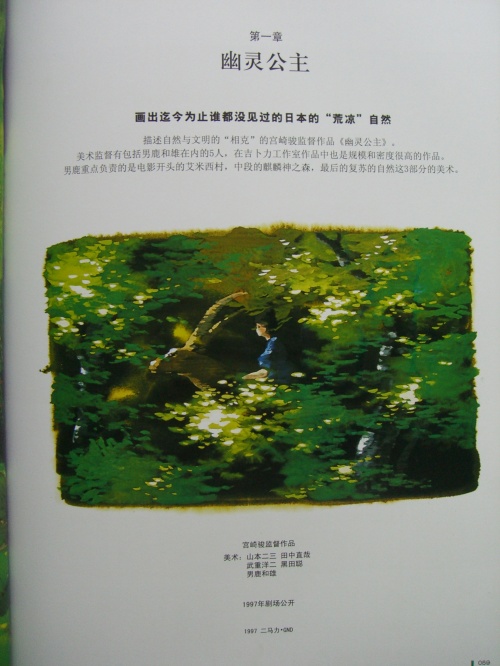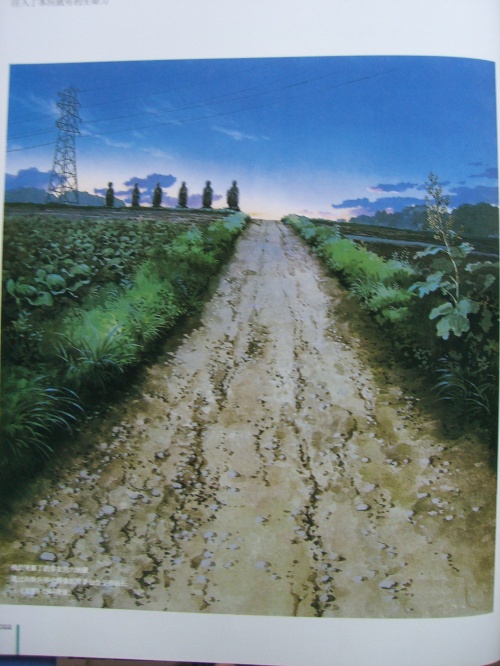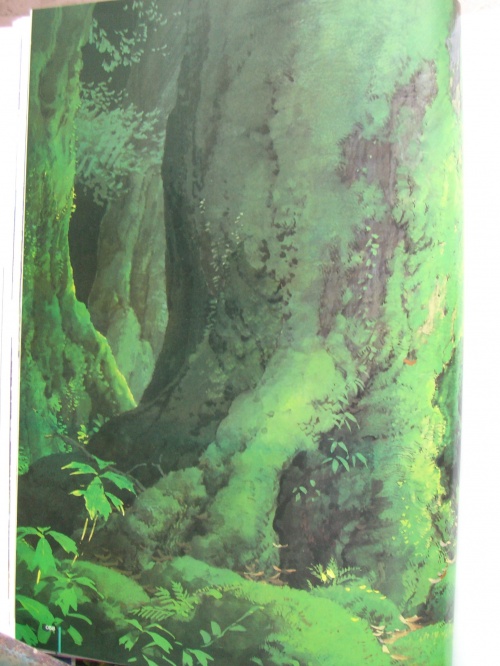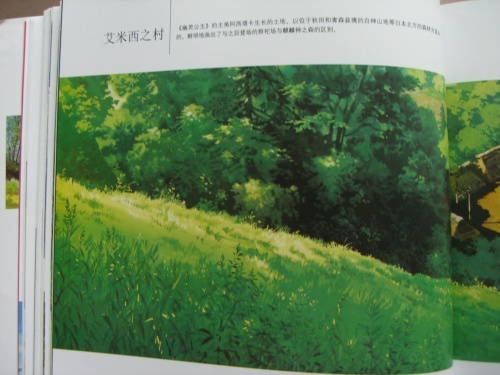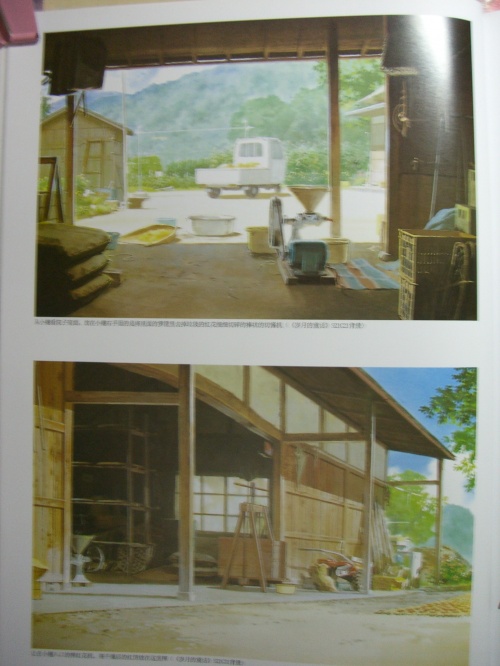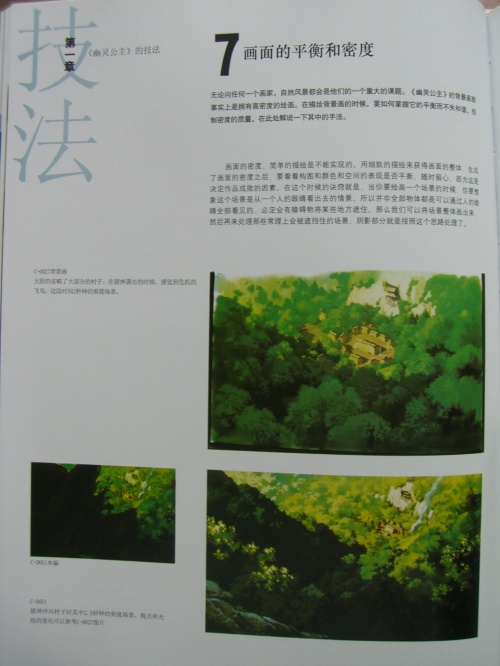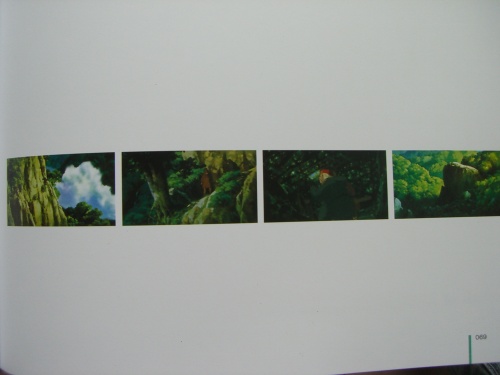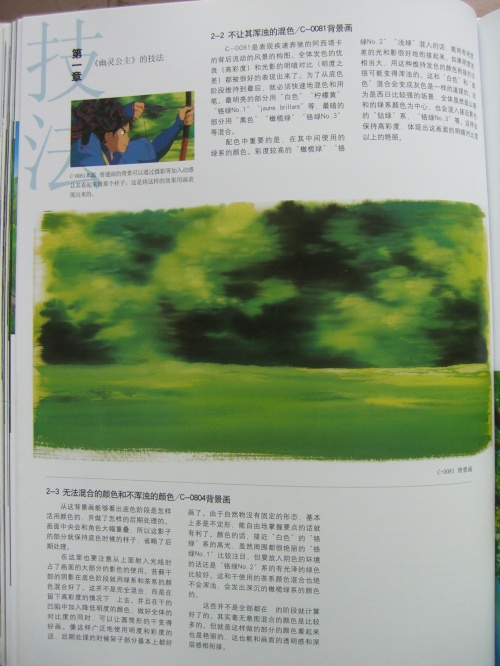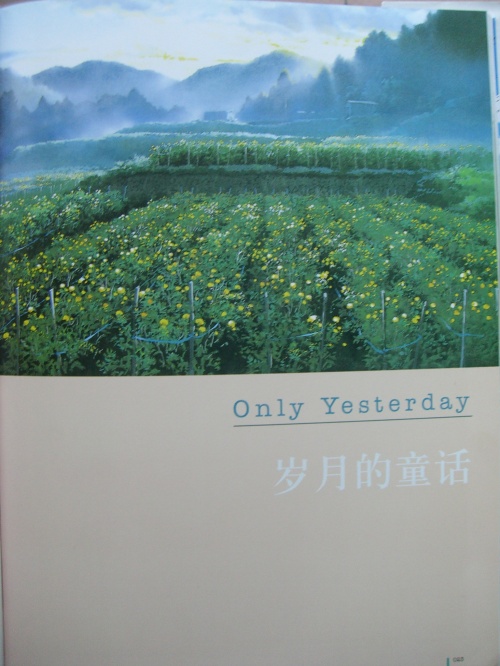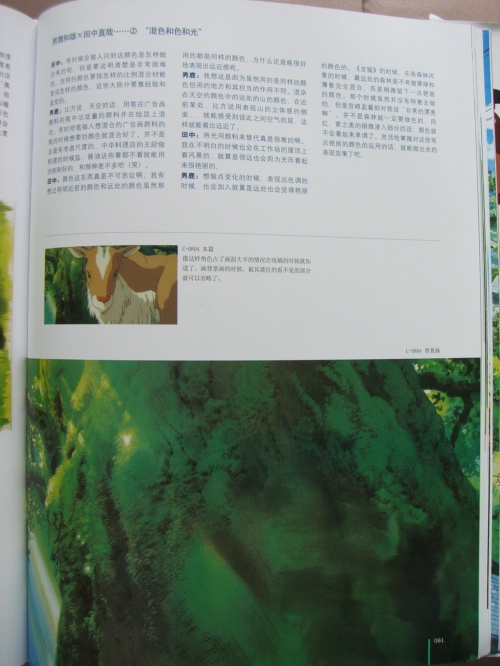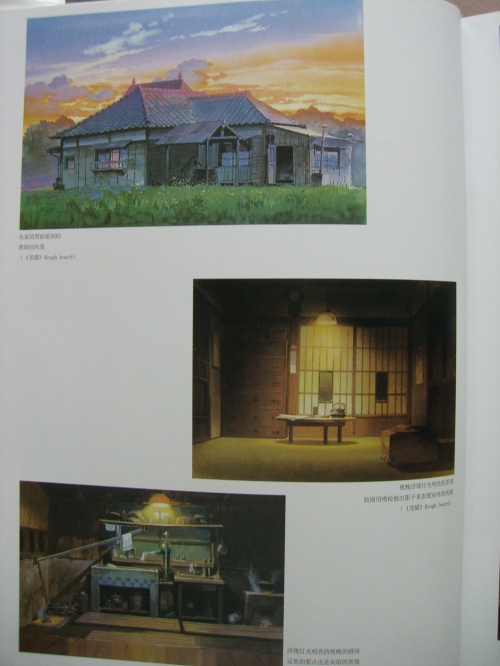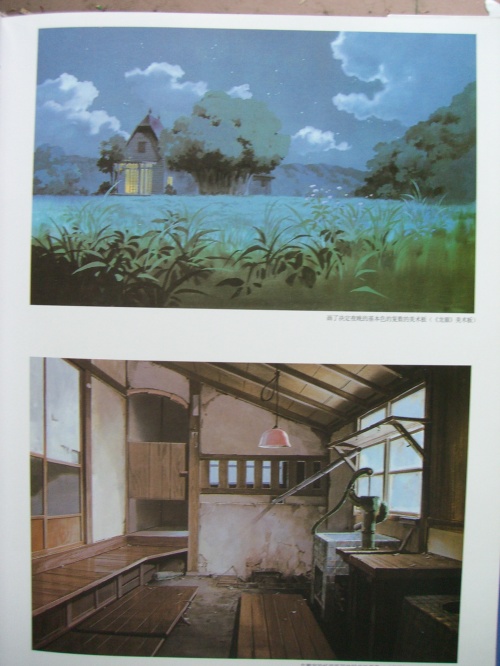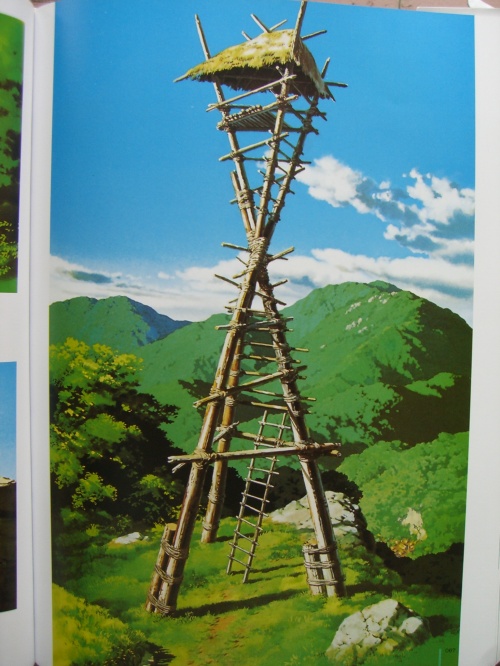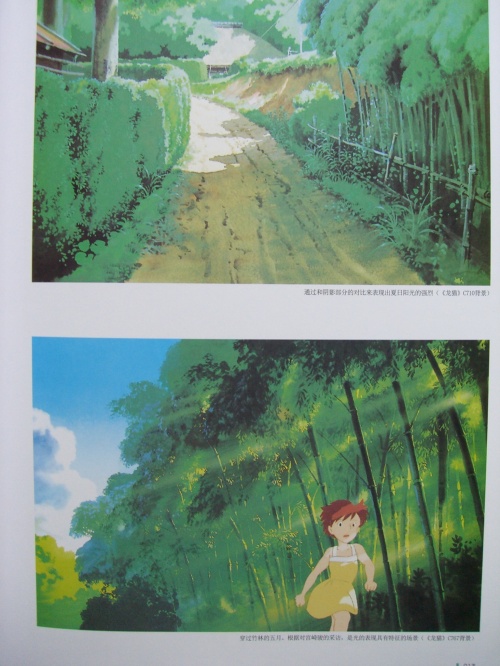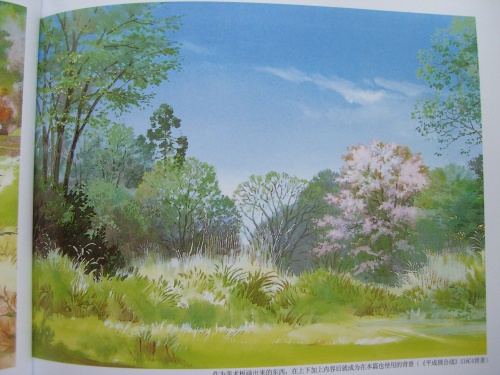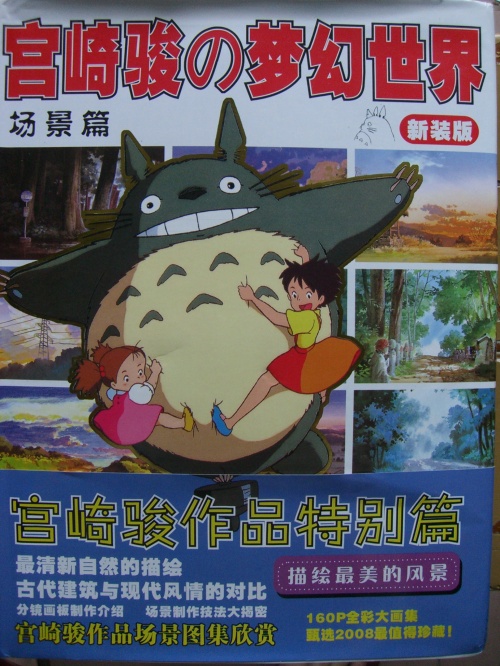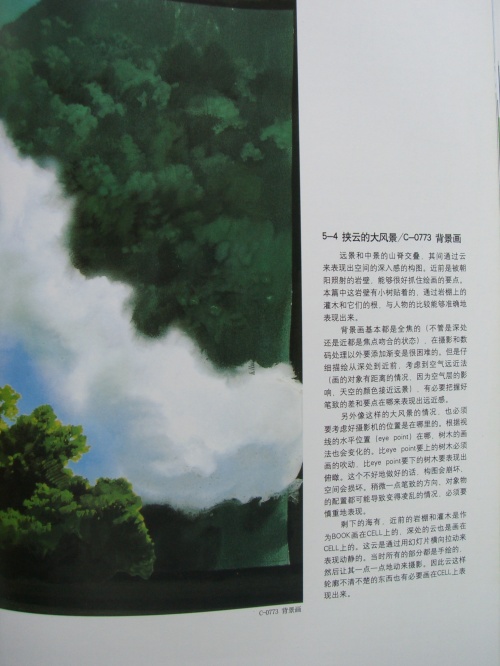7 art books of the Master Hayao Miyazaki (189 photos) (3 art books)
Разрешение картинок от 1536x2048px до 1536x2048px
Miyazaki was born in Tokyo on January 5, 1941. Having graduated from the faculty of a prestigious university in 1963, he is educated as an economist and political scientist. As a student, Miyazaki was deeply interested in children's literature and read many books written for children by authors around the world. In the late 50s, Miyazaki became acquainted with animation; his first films were “The Legend of the White Snake” by Okabe Kazuhiko and “The Snow Queen” by Lev Atamanov. Combining excellent editorial skills with academic knowledge, Miyazaki landed a job at Toei Animation. From this moment his animation career begins.
At Toei Animation, Miyazaki held the position of an ordinary animator and designer, and participated in the creation of TV series and feature films.
Around this time, Miyazaki met Takahata Isao, his future partner and good friend. Fate brought them together in the trade union field, thanks to which both constantly had clashes with management. However, this did not stop them from working at the studio until 1971.
In 1971, Miyazaki and his friends decided to film Astrid Lindgren’s fairy tale “Pippi Longstocking” and founded their own studio, but the idea failed because the copyright holders did not give consent to the film adaptation. Miyazaki is again hired as an animator for a large studio. This time it's TMS. Remembering the recent failure of Pippi, Miyazaki and Takahata create the film Big Panda and Little Panda, the main character of which is the spitting image of Pippi. Until 1982, Miyazaki worked intermittently at the TMS and Nippon Animation studios. At TMS he created his first and only series, Conan - Boy from the Future, and at Nippon Animation, the full-length film Lupine III: The Castle of Cagliostro.
In 1982, moving away from animation, Miyazaki began the manga project “Nausicaä of the Valley of the Wind,” which Tokuma Shoten studio became interested in and offered to film it, to which Miyazaki agreed. In the future, Miyazaki and Takahata will work closely with Tokuma Shoten, and more specifically with its president Tokuma Yasuyoshi.
This ends Miyazaki's career as a mercenary. In 1985, he and Takahata founded Studio Ghibli with the support of the same Tokuma Shoten.
In 1986, the studio's first film, Laputa Castle in the Sky, created by Miyazaki, was released. He would go on to direct the following films for Studio Ghibli: Our Neighbor Totoro (1988), Witch's Delivery Service (1989), Porco Rosso (1992), Princess Mononoke (1997) and the culminating film Spirited Away , for which Miyazaki received an Oscar.
Spirited Away is currently ranked #1 among the best animated films on IMDB.
In 2004, Miyazaki presented his new film, Howl's Wandering Castle, which was originally supposed to be created by Mamoru Hosoda. At the 2004 Venice Film Festival, the film was awarded the “Ozella” for the best technical achievements, and in the fall of 2005 (also in Venice) the honorary “Golden Lion”, but personally to the director “for his career.” It should be noted that Miyazaki does not like to go to receive awards; for example, the director did not go to the Berlin Festival, or to the Oscars. The 2005 Venice Festival (62nd in a row) is a rare exception to the rule, when Miyazaki finally got out of his imprisonment, however, this happened solely thanks to the persistence of the local administration. However, Miyazaki travels a lot both in his home country and around the world, where he studies sights and selects subjects for his future works. As Miyazaki himself admits, many of the landscapes of Howl's Wandering Castle are inspired by the views of Kazakhstan and Alsace.
Author: Hayao Miyazaki
Title: Miyazaki Hayao Artbooks Scenes Chapter
Publisher: ?
Year: 2008
Language: Chinese
Pages: 189
Format: JPG
Size: 212.54 MB
This book talks about the creation of various worlds from the anime Master. In addition, in the book the Master himself gives several painting lessons! Unfortunately, the book is in Chinese.
